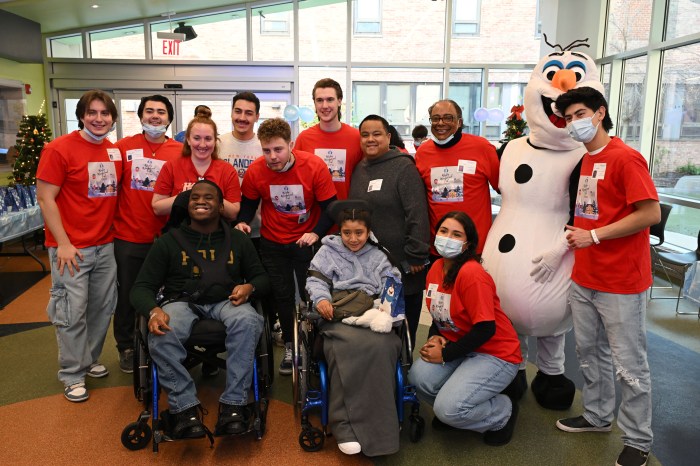The Queens Borough Board approved a resolution designed to help eliminate the dangers of secondhand smoke in housing units during Monday’s meeting. The passage comes almost a month after the resolution was last considered before the board decided to amend it so that the resolution would also cover vaping and marijuana smoke.
The purpose of the smoke-free resolution is to protect other residents, mainly children, from the dangers of secondhand smoke that could otherwise vent from the units of the smokers to theirs. Landlords could recommend — but not force — tenants who smoke to do so outside for the safety of other residents.
In addition to addressing the dangers of secondhand smoke, the resolution also creates the potential of limiting thirdhand smoke, which involves residual nicotine and other chemicals left on surfaces by tobacco smoke. In addition to posing a danger to people, this could also cause wear and tear on certain indoor areas like walls or rugs.
While the resolution did receive enough votes to be approved, some of the dissenting voters and even a few who voted in favor of it expressed concern that this housing resolution is walking down a slippery slope between helping the community and infringing upon people’s freedoms within their own homes.
One proposal added to the legislation meant to partly address these concerns was for the landlords to allow for designated smoking areas in or around the building that would prevent the smoke from escaping to the residential units. This would also aid those who are unwilling or unable to smoke out of a window or balcony.
The motion added to the resolution states that a building that’s going to impose the smoke-free resolution must also address the uses within the building to accommodate smokers. The one exception applies to new construction, where that is part of the original documentation of a building.
Also on hand for the discussion of the smoke-free housing resolution were Lawrence Saunders of NYC Smoke Free and Eileen Miller of the Bayside Smokefree Housing Alliance. In addition to detailing the dangers of secondhand smoke, they were also able to information on how it spreads in housing buildings and what should be done to prevent it.
“When you smoke, you’re affecting people in other apartments, too,” Miller said. “We’re trying to stop people from getting sick from someone else’s smoke. We aren’t trying to infringe upon individual rights. We got to take care of one another at some point.”
According to Saunders, there is no ventilation system that could prevent secondhand smoke within a building. He said that secondhand smoke can cause those exposed to develop respiratory issues, making them more vulnerable if they were to get COVID-19. In addressing concerns about individual rights within one’s own home, he compared smoking in one’s own apartment to causing disturbances to other residents.
“You can’t blast music at 3 a.m. in your apartment and say you can do what you want because you pay rent,” Saunders said. “We want people to be safe in their own homes.”
According to Queens Borough President Donovan Richards, most landlords in Queens are in support of this resolution since smoke seeps into walls, damaging them and sometimes forcing landlords to tear down and replace them.
Richards also believes the FDNY would view the resolution favorably because reducing smoking in housing units lowers the risk of apartment fires started by cigarettes. This was further supported by Saunders, who stated that smoking fires are the second-most lethal fires in New York City.



































